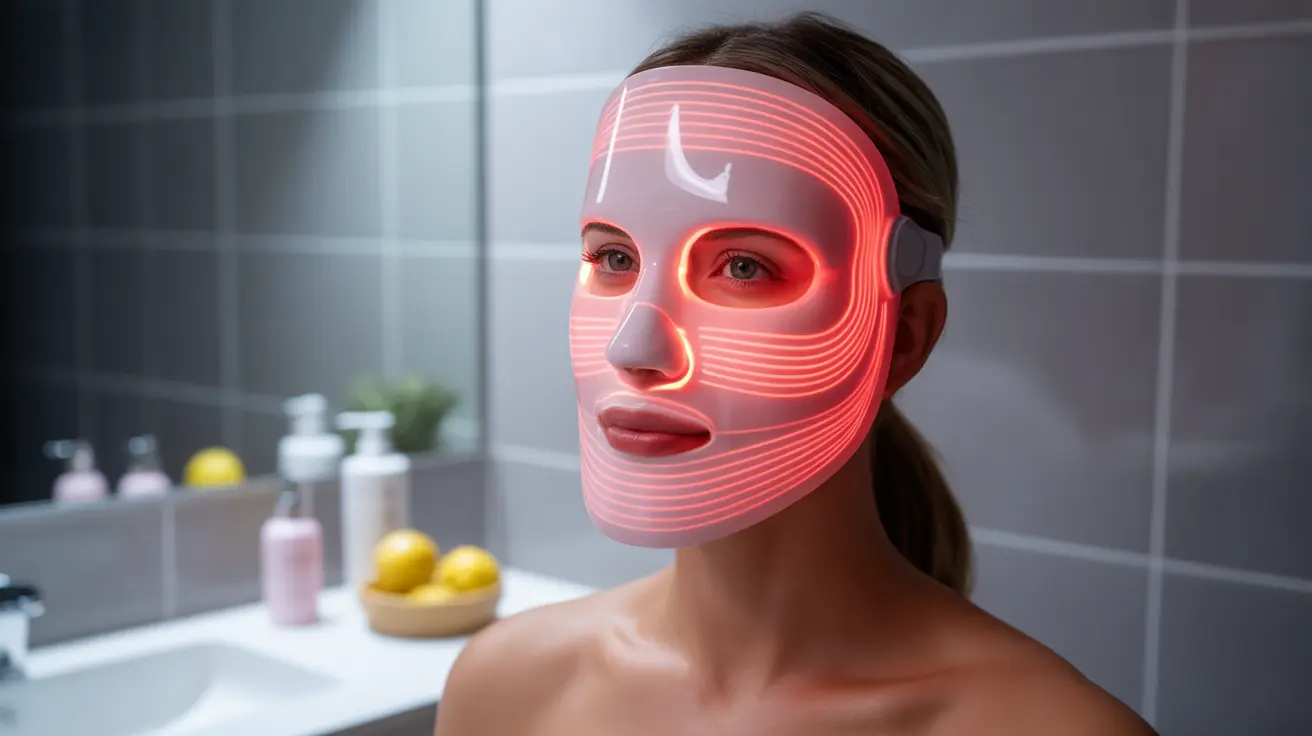Red light therapy masks have revolutionized at-home skincare, offering professional-grade treatment for various skin concerns. These innovative devices harness specific wavelengths of light to penetrate the skin, promoting collagen production and cellular repair. Understanding how to choose and use the right mask can make a significant difference in your skincare results.
In this comprehensive guide, we'll explore the most effective red light therapy masks, their proper usage, safety considerations, and the science behind their skin-rejuvenating benefits. Whether you're targeting aging concerns or looking to improve overall skin health, this information will help you make an informed decision about incorporating red light therapy into your skincare routine.
Understanding Red Light Therapy Technology
Red light therapy masks utilize specific wavelengths, typically between 630-700 nanometers (nm) for red light and 810-850 nm for near-infrared light. These wavelengths penetrate the skin at different depths, triggering cellular responses that promote healing and regeneration. The technology has been extensively studied and proven effective for various skin concerns.
Key Features to Look for in Quality Masks
When evaluating red light therapy masks, consider these essential features:
- FDA clearance for safety and efficacy
- Optimal wavelength combinations
- Even light distribution
- Comfortable fit and design
- Treatment area coverage
- Battery life and power options
- Durability and warranty
Benefits and Treatment Applications
Red light therapy masks offer multiple skin health benefits when used consistently:
- Reduction in fine lines and wrinkles
- Improved skin tone and texture
- Enhanced collagen production
- Decreased inflammation
- Faster healing of blemishes
- Reduced appearance of sun damage
- Better skin circulation
Optimal Usage Guidelines
For best results, follow these general treatment protocols:
- Use 3-5 times per week
- Sessions typically last 10-20 minutes
- Maintain consistent treatment times
- Clean skin before treatment
- Apply treatments at the same time daily
Safety and Side Effects
While red light therapy masks are generally safe for home use, it's important to understand potential considerations:
- Wear protective eyewear during treatments
- Start with shorter sessions to assess skin sensitivity
- Avoid use if you have certain photosensitive conditions
- Follow manufacturer guidelines strictly
- Discontinue use if irritation occurs
Frequently Asked Questions
What are the best top rated red light therapy masks for reducing wrinkles and improving skin tone?
The most effective red light therapy masks combine both red and near-infrared wavelengths, feature medical-grade LED lights, and offer consistent light distribution. Look for FDA-cleared devices from reputable manufacturers that provide comprehensive coverage and adjustable treatment settings.
How long and how often should I use a red light therapy mask to see visible skin improvements?
Most users see initial results within 4-6 weeks when using the mask 3-5 times weekly for 10-20 minutes per session. Consistency is key for optimal results, and maintenance treatments should continue after achieving desired outcomes.
Are FDA-cleared red light therapy masks safe to use at home, and what side effects should I expect?
FDA-cleared masks are safe for home use when following proper guidelines. Side effects are minimal but may include temporary redness or warmth. Those with photosensitive conditions should consult healthcare providers before starting treatment.
What skin concerns can red light therapy masks effectively treat besides aging, such as acne or redness?
Red light therapy masks can effectively treat various skin concerns including acne inflammation, rosacea, hyperpigmentation, scarring, and general skin texture issues. The anti-inflammatory properties make them particularly useful for sensitive or reactive skin conditions.
How do different wavelengths in red light therapy masks work to improve skin health and appearance?
Red light (630-700 nm) primarily targets surface skin cells, promoting collagen production and reducing inflammation. Near-infrared light (810-850 nm) penetrates deeper, supporting cellular repair and enhanced circulation. The combination of wavelengths provides comprehensive skin health benefits.




